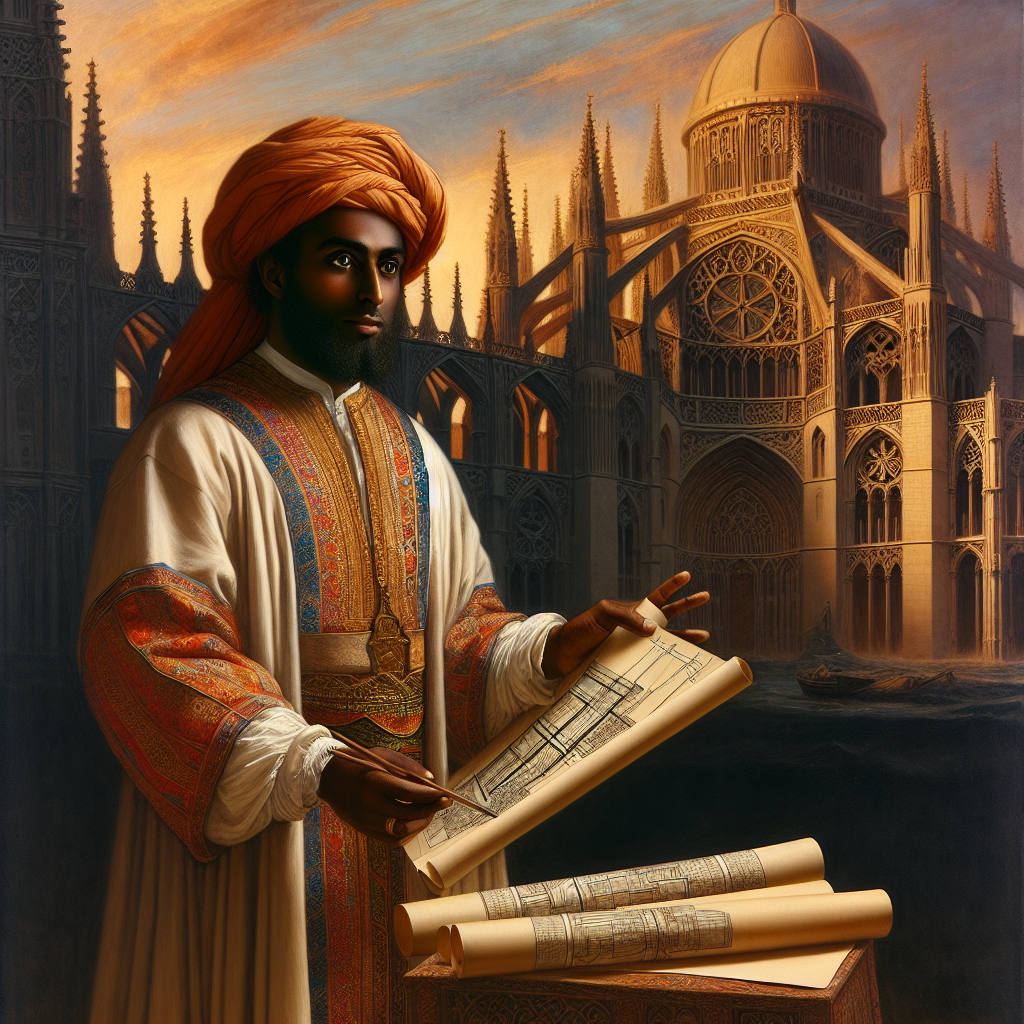The Lasting Legacy of the African Moors: The True Architects of the European Renaissance
I. Introduction to the African Moors’ Influence on the Renaissance
Let’s get one thing straight: the African Moors were not just footnotes in the story of the European Renaissance—they were the unsung rock stars of this cultural revival from the 14th to the 17th century. While mainstream narratives love to parade Leonardo da Vinci and Michelangelo as the only heavy hitters of this era, we’re here to serve some truth with a side of sarcasm. Spoiler alert: the Moors had a massive hand in shaping the artistry and scholarship of the time. It’s time we drag their brilliance out from the shadows of history and give credit where it’s due.
II. Historical Context: Understanding the African Moors
So who exactly were these mysterious Moors? You know, just a little slice of genius that emerged from North Africa around the 8th century, particularly strutting their stuff in Spain and Portugal during the Middle Ages. These Muslim inhabitants and their descendants made the Iberian Peninsula sizzle with a rich cultural blend, leaving a mark that made the rest of Europe say, “Hey, maybe we should up our game.” They were around for nearly 700 years until the Reconquista in the late 15th century, but the real tragedy? Most people still don’t know about their immense contributions. Shocking, right?
III. Architectural Innovations by the African Moors
Let’s talk architecture, a field where the African Moors absolutely killed it. Their style is a flavorful mashup of Islamic and European design, resulting in jaw-droppingly beautiful structures that have stood the test of time. Take, for instance, the Alhambra in Granada, a gleaming example of intricate tile work that makes Pinterest boards weep. Or the Great Mosque of Córdoba, with its mesmerizing horseshoe arches that just scream sophistication. And we can’t forget the Giralda in Seville, symbolizing how functionality can also be a work of art. The techniques the Moors pioneered—think elaborate stucco work and geometric patterns—are still dripping with influence in contemporary architecture. Who doesn’t want a little Moorish flair in their life?
IV. The African Moors and Advancements in Knowledge
Now, let’s dive deeper because the African Moors were not just good looks; they were brains too. They were trailblazers in science, mathematics, and even philosophy. Remember that nifty little concept of zero? Yup, that was the Moors making the math world implode with innovation. They were also busy advancing navigation and astronomy while the rest of Europe was still trying to figure out how to light a lantern. These intellectual giants introduced revolutionary ideas across the board—from agriculture to medicine—and enriched the European scholarly scene in ways that are still being felt today.
V. Cultural Syncretism: The Exchange of Ideas from the African Moors
The influence of the African Moors wasn’t limited to brick and mortar; they were masters of cultural fusion. They brought together Islamic and European traditions, resulting in a minestrone of art that changed the game in poetry, music, and visual arts. That wealth of cultural exchange stirred the pot of creativity throughout Europe, particularly impacting Spanish literature and musical styles that still pulse with Moorish rhythms. It’s like the Moors were the DJ of the Renaissance, mixing the hottest tracks of civilization and leaving everyone vibing in a more interconnected and vibrant society.
VI. The Decline of Moorish Influence in Europe
But wait—here comes the historical villain, the Reconquista, swooping in to wipe the slate clean in 1492. With that, the Moors were expelled from Spain, and suddenly, their immense contributions evaporated faster than a magician’s rabbit. Sure, their political power diminished, and their dazzling legacy fizzled out of mainstream accounts, but here’s the kicker: we are just now waking up to that rich history. As modern scholarship starts to dig up the forgotten narratives, it’s clear that the contributions of the African Moors must be resurrected and celebrated like the rock stars they were.
VII. Modern Legacy: Recognizing the African Moors’ Contributions
Fast forward to today, and guess what? The legacy of the African Moors is making a comeback like a classic vinyl record. Their architectural styles and design principles are still reverberating through modern structures across Europe—how’s that for staying power? Sure, there are plenty of challenges in preserving Moorish sites amid growing urban development, but there are also glimmers of hope as conservation successes emerge. Movements are afoot to reclaim Moorish heritage and advocate for a more multicultural appreciation of history. Bet you didn’t see that coming!
VIII. Conclusion: Celebrating the African Moors’ Impact on History
So, here’s the rub: the African Moors played a revolutionary role in reshaping European culture during the Renaissance. Their ingenuity in architecture, groundbreaking intellectual advancements, and rich cultural contributions deserve a spotlight that’s been glaringly absent. Let’s call this a rallying cry to dig into Moorish history, understand its vibrant implications on today’s multicultural landscape, and work toward a more inclusive understanding of our shared past. Because let’s face it—ignoring the African Moors is just lazy history, and we owe it to ourselves to set the record straight.
IX. Additional Resources for Exploring the African Moors
If you’re itching to know more about the incredible legacy of the African Moors, here are some resources worth diving into:
- Books and Documentaries: “The Moorish Influence on Europe” and the documentary series “The Legacy of Al Andalus.”
- Virtual Tours: Experience the Alhambra and the Great Mosque of Córdoba through engaging online tours.
- Discussion: Share your thoughts and insights—how do you see the influence of the Moors reflected in today’s culture?
Let’s stand united in celebrating the often-overlooked contributions of the African Moors to the Renaissance and the colorful tapestry of European history. It’s about dang time!



0 Comments